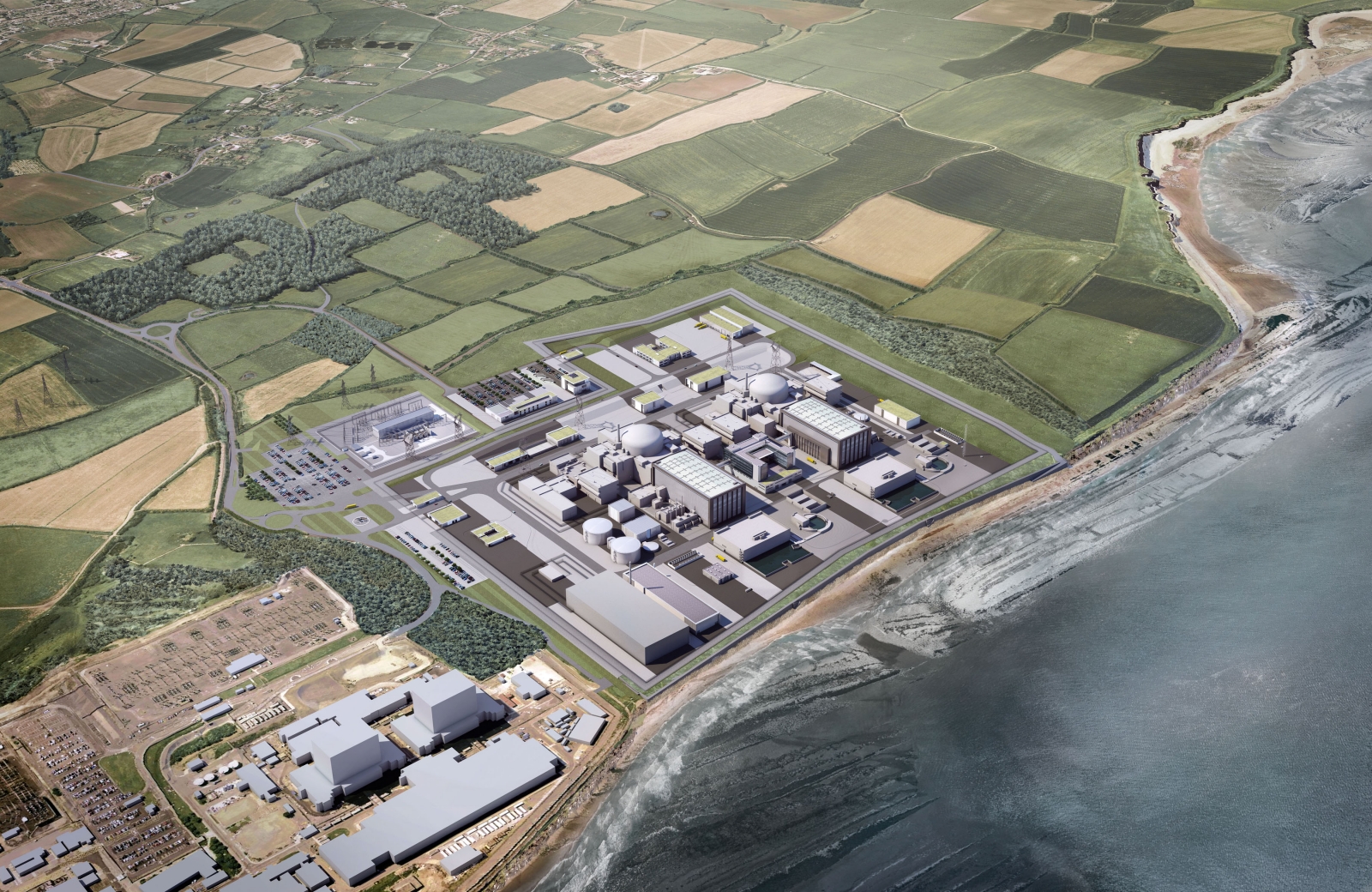Who is actually taking a risk with new UK nuclear?

The proposed deal to build the first new nuclear plant in a generation comes with more quirks than an Icelandic pop group.
First off it will cost £16bn, £2bn more than the already over-budget French reactor on which it is based. The strike price will be £92.5, though it may be higher – or lower.
All of that is odd, but the quirks, as ever are in the detail.
There is a new company, NNGP as everyone’s calling it, which will own the plant. It’s that company which is then, in turn, owned by firms controlled by the French and Chinese states.
Owned by France and China
French state owned EDF will get a 45-50% stake, similarly French state owned Areva (which designed the reactor) will hold 10% – allowing the French to run the show.
Chinese state firms CNNC and CGN will hold a combined 30-40% and a mysterious as yet un-discovered somebody will hold 15% (maybe the state of Qatar?)
Unsurprisingly, perhaps, as NNGP doesn’t yet know who owns it – it also hasn’t yet signed a contract to actually build Hinkley C.
What we have here is a non-binding ‘commercial agreement’ between EDF’s Mr De Rivaz and UK Secretary of State Mr Davey to do something at some point, probably before July next year.
That agreement also suggests that NNGP won’t actually pay for Hinkley C itself, it is instead borrowing about 65% of the total cost of the project, so about £10bn.
Borrowing money from somewhere
We don’t know where that money comes from. It may also come from China, or it may come from Qatar. Or it may even come from a bank – but we’ve not heard from any.
What we do know, because EDF said so, is that much of it (probably all of it) is guaranteed by the Treasury under their infrastructure guarantee scheme.
This is a particularly quirky quirk.
What happens is that NNGP pays the Treasury a fee “at commercial rates” to insure it in case it can’t pay back the people who lent it money. That fee is then included in the cost bill payers pay for the power Hinkley produces.
Guarenteed by the Treasury
That means that if the costs of building or running the new plant prove to be far higher than anyone foresaw (which is not unheard of in this industry) and NNGP can’t pay back its debts than the taxpayer will step in and do it for them.
The upshot here is that the taxpayer may be paid through the strike price by the billpayer (who is uncannily similar to the taxpayer) to make sure that nobody who lends money to Hinkley (China/a bank) can lose it.
The remainder of the cost will be burdened by the investors in the new firm – with EDF putting in the largest chunk, around £2.5bn.
The commercial agreement outlines how much (or how little) risk they are taking.
There are a range of guarantees to protect EDF from any tax changes, changes in the law, inflation or circumstances where power may not be needed – for example a very windy day.
Indeed, the agreement suggests the price itself can vary up and down for “operational or other” reasons. These presumably include the plant not really running very well, as has happened elsewhere.
15% rate of return
Finally the deal includes a contingency (so far unspecified)in case the construction costs are higher than forecast, if they are not – some of the money can be given back.
On the other hand if the construction cost goes beyond even the contingency there isn’t a clause that allows EDF to charge more.
The FT have calculated that for this risk EDF is likely to receive 10-15% return on its £2.5bn stake. This compares to a return of around 6% which the government seeks to ensure for some renewable generation.
The difference?
EDF will say that nuclear is riskier than putting up solar panels and, if the construction goes over budget they could lose their £2.5bn. It’s also important to note that some renewables investors demand similar returns.
But there are two final quirks.
If the construction costs increase by more than £5.6bn – as has happened to other reactors – then the risk switches from the equity partners to those who provided debt, and that, in practice is the UK taxpayer.
Second if EDF does find itself short of £2.5bn it does have another way of recouping the money consumer bills.
So where does the risk of something going wrong lie?
Well, it depends how badly things cock up, but ultimately – just as with any other energy project – the billpayer or the taxpayer is likely to pick up some of the tab.

